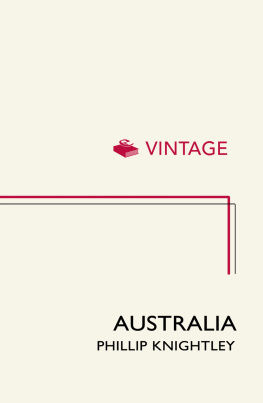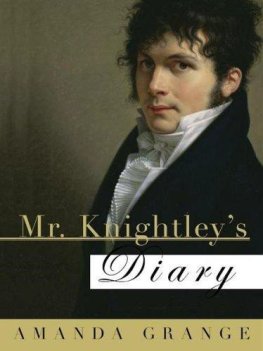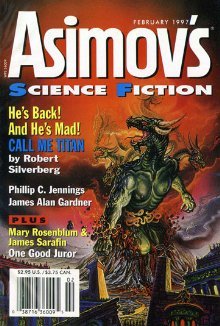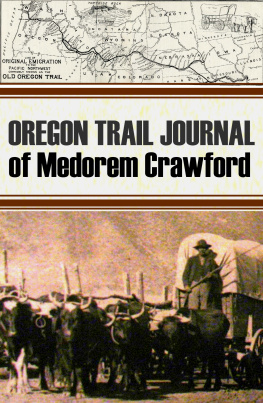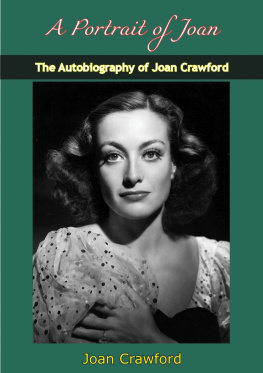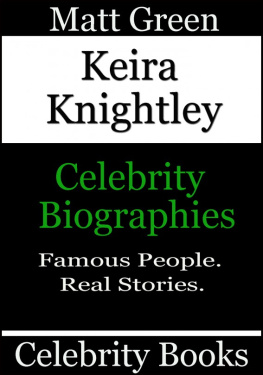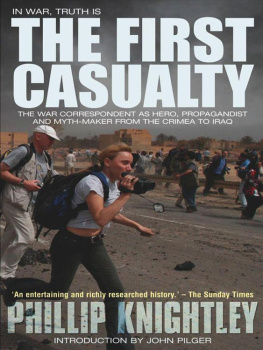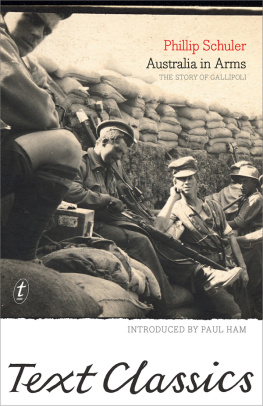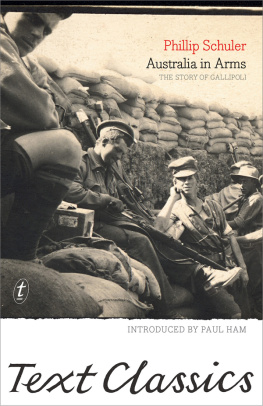Crawford R. M. - Phillip Knightley-Australia
Here you can read online Crawford R. M. - Phillip Knightley-Australia full text of the book (entire story) in english for free. Download pdf and epub, get meaning, cover and reviews about this ebook. City: London, year: 2013, publisher: Vintage Digital, genre: Detective and thriller. Description of the work, (preface) as well as reviews are available. Best literature library LitArk.com created for fans of good reading and offers a wide selection of genres:
Romance novel
Science fiction
Adventure
Detective
Science
History
Home and family
Prose
Art
Politics
Computer
Non-fiction
Religion
Business
Children
Humor
Choose a favorite category and find really read worthwhile books. Enjoy immersion in the world of imagination, feel the emotions of the characters or learn something new for yourself, make an fascinating discovery.
- Book:Phillip Knightley-Australia
- Author:
- Publisher:Vintage Digital
- Genre:
- Year:2013
- City:London
- Rating:5 / 5
- Favourites:Add to favourites
- Your mark:
- 100
- 1
- 2
- 3
- 4
- 5
Phillip Knightley-Australia: summary, description and annotation
We offer to read an annotation, description, summary or preface (depends on what the author of the book "Phillip Knightley-Australia" wrote himself). If you haven't found the necessary information about the book — write in the comments, we will try to find it.
Phillip Knightley-Australia — read online for free the complete book (whole text) full work
Below is the text of the book, divided by pages. System saving the place of the last page read, allows you to conveniently read the book "Phillip Knightley-Australia" online for free, without having to search again every time where you left off. Put a bookmark, and you can go to the page where you finished reading at any time.
Font size:
Interval:
Bookmark:
CONTENTS
Australia celebrated one hundred years as a nation in 2001. This book - part history, part travelogue, part memoir - tells the inspiring story of how a one-time British colony of convicts turned itself into a prosperous and confident country. Through the eyes of ordinary people, Phillip Knightley describes Australias journey, from federation and the trauma of the First World War, the desperate poverty of the Depression, with its attendant spectres of secret armies and near-civil war, the threat of invasion in the Second World War and the immigration that followed it, and the slow but steady decline in the relationship with Britain, the Mother Country, as Australia forged its own unique identity.
Phillip Knightley is the author of many books. He is best known for The First Casualty, The Second Oldest Profession, Philby, KGB Masterspy, The Secret Lives of Lawrence of Arabia and A Hacks Progress. He divides his time between Britain, Australia and India.
The First Casualty
The Second Oldest Profession
Philby, KGB Masterspy
An Affair of State
The Rise and Fall of the House of Vestey
A Hacks Progress
The Death of Venice
Suffer the Children
The Secret Lives of Lawrence of Arabia
A Biography of a Nation

This ebook is copyright material and must not be copied, reproduced, transferred, distributed, leased, licensed or publicly performed or used in any way except as specifically permitted in writing by the publishers, as allowed under the terms and conditions under which it was purchased or as strictly permitted by applicable copyright law. Any unauthorized distribution or use of this text may be a direct infringement of the authors and publishers rights and those responsible may be liable in law accordingly.
Version 1.0
Epub ISBN 9781446442999
www.randomhouse.co.uk
Published by Vintage 2001
Copyright Phillip Knightley 2000
Phillip Knightley has asserted his right under the Copyright, Designs and Patents Act 1988 to be identified as the author of this work
First published in Great Britain by
Jonathan Cape 2000
Vintage
Random House, 20 Vauxhall Bridge Road,
London SW1V 2SA
www.randomhouse.co.uk/vintage
Addresses for companies within The Random House Group Limited can be found at: www.randomhouse.co.uk/offices.htm
The Random House Group Limited Reg. No. 954009
A CIP catalogue record for this book is available from the British Library
ISBN 9780099772910
To my extended family, in particular Maria Tarifa.
Terra australis incognita, a Latin term meaning the unknown south land. Ancient geographers had always suspected its existence The application of the anglicised version, Australia, to the whole continent, belonged to its circumnavigator, Matthew Flinders, in 1805.
The Oxford Companion to Australian History
The Customs Officer looked at our four children and our huge pile of luggage and asked us if that was all there was. We assured him it was and he said, Welcome to Australia and waved us through. We were still stunned by this lack of formality when we came out into the arrivals hall. And there was Gough Whitlam, the Prime Minister of Australia, and his wife standing at the front of a large crowd and they all burst out singing Waltzing Matilda. What a welcome, we thought. What a country.
Mary Gates, immigrant, 1973
The new days sun, rising out of the Pacific Ocean, first touches Australia at Mount Warning on the coast of New South Wales. The morning star dims, the Southern Cross fades and the suns first pale rays light up the swirling mists that cling to the mountains twin peaks. As the sun grows stronger, the mist slowly lifts revealing as far as the eye can see the deep greens of a subtropical rainforest huge trees, ferns and vines, lichens and mosses, streams and pools.
Aboriginals call Mount Warning Wollumbin, meaning fighting chief of the mountains, because when surrounded by thunder and flickering lightning it appears as if the gods are fighting there. It is an awesome, dramatic and sacred place, the remnant of a volcanic cone which burst forth from the earth millions of years ago while Australia was separating from Gondwana, the great southern continent which once included Antarctica, South America, Africa and India.
Captain James Cook, of His Britannic Majestys Royal Navy, the man who discovered for Britain more of the earths surface than anyone else, sailed north past Mount Warning in HMS Endeavour in 1770 on his first southern voyage. On 15 May, Cooks scientist, Joseph Banks, recorded: At sunset a remarkably peakd hill was in sight, 5 or 6 leagues off in the country, which about it was well wooded and lookd beautiful as well as fertile. The next day Endeavour struck reefs, so Cook named the easily visible twin peaks Mount Warning as a guide to other navigators he knew would pass that way.
Cook did not, of course, discover Mount Warning. The Aboriginals had arrived at least 50,000 years earlier, probably from the Indonesian archipelago, and their descendants had slowly explored the whole continent, giving a name to every creek and headland, every valley and mountain. Cook may not have been even the first white man to see the east coast.
The Great South Land had been an idea that haunted the imagination of the seventeenth century when brave men in little ships set sail from Europe in search of the wealth of the East. There are indications nothing stronger that the Portuguese, who owned a colony on the island of Timor only three hundred miles north-west of Australia, may have visited not only the nearest Australian mainland in the north but also the east coast two hundred years before Cook. Not all the mysteries of this vast, untamed land have yet been solved.
Down on the coast at Byron Bay, almost in the shadow of Mount Warning, and the most easterly point of the Australian coastline, the sunrise wakes up no one. A couple of surfers are watching the waves from the beach and are speaking in tongues about left- and right-hand breaks, but they have been up all night. It will be another hour or two before cafes see barefoot men, with sunbleached dreadlocks and wearing sarongs knotted at the waist, sip coffee with blonde women in bright kaftans, arms jingling with Indian silver bracelets, earth mothers who are skilled at keeping one eye on their men and the other on berry-brown children with painted faces who have just spotted a whale spouting out at sea.
This is the home of Aussie hippydom, a throwback to the seventies era of serious surfers, of ease, peace, relaxation and splifs, of dropouts and greenies. This may be the new Millennium, but Byron Bay, nestling in its own little corner of the world with its white sandy beaches washed by warm winter currents, has yet to notice it. Its hippies have just grown older. And since they were always rebels, now that they feel the hand of time they are protesting against the conventional way of death.
When we were younger we went to twenty-first birthday parties, then it was weddings, then it was christenings and now its funerals, says Amare Pearl, a herbalist. The way I see it is that we were part of the sixties baby-boomer generation and weve tried to do everything differently. Now were older were having a look at illness and death and were going to do that our own way as well.
The main activist in the home funeral movement is Zenith Virago, a Byron Bay paralegal, who runs the natural death centre and has plans to market recycled cardboard coffins that will sell at $100 each. It was from her that I heard the Nick Shand story. Shand, the genial editor of the local newspaper, the
Next pageFont size:
Interval:
Bookmark:
Similar books «Phillip Knightley-Australia»
Look at similar books to Phillip Knightley-Australia. We have selected literature similar in name and meaning in the hope of providing readers with more options to find new, interesting, not yet read works.
Discussion, reviews of the book Phillip Knightley-Australia and just readers' own opinions. Leave your comments, write what you think about the work, its meaning or the main characters. Specify what exactly you liked and what you didn't like, and why you think so.

